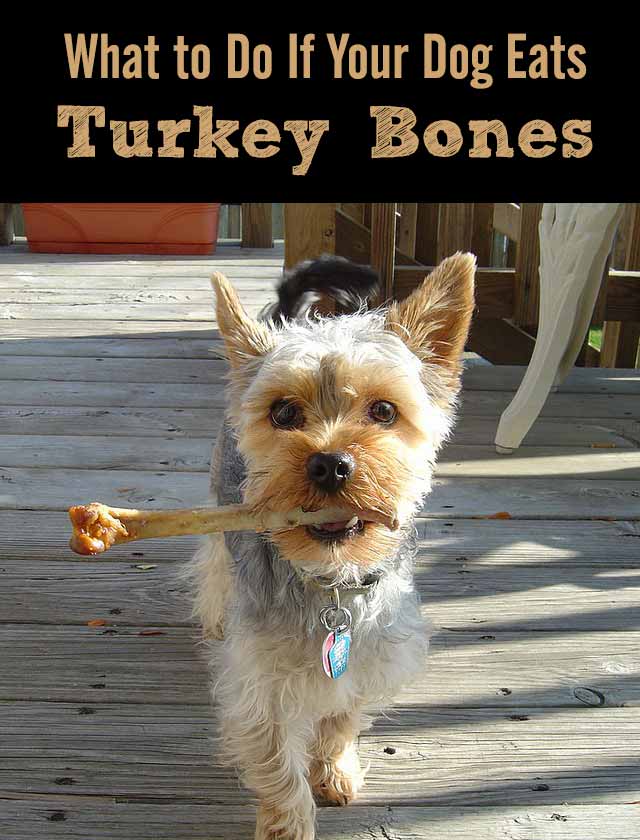Do you have a dog with holiday stress? Every year, Haley watches as I begin to drag out all of our Christmas decorations. Some are in the garage, some in the basement and others in closets. She’s a velcro dog, so she follows me on my many trips back and forth and all around the house while I gather the objects of festive cheer and distribute them elsewhere around the house.
But that’s just the beginning of all the busyness that takes place this time of year. She tags along while we select and cut down our Christmas tree, she’s on floor duty in the kitchen to supervise all the cooking and baking and she makes sure I don’t miss any of her stray clumps of fur when I’m cleaning the house before the kids come home. When I move, she moves. And as December 25th gets closer, I’m even more rushed and pressured to get things done.
As busy as I am around the holidays, Haley stays just as busy. Plus, she needs more sleep than us humans. She loves it when the kids are home for the holidays but between all the playtime, walks, parties, early mornings, late evenings and all the other happenings, she definitely misses out on some of her zzz’s.
Haley handles the stress, lack of sleep and change of routine pretty well, but some dogs tend to get a bit grumpy around the holidays. Our poor pups may be tired, overloaded and even downright cranky at times. This is especially true for reactive and senior dogs. It’s understandable why some dog bites occur at the end of a long evening of partying with guests. But there’s no reason for our pooches to be all “Bah Humbug” about the holidays because I’ve got some tips to keep your pup relaxed, rested and cheerful all season.
12 Tips to Help Your Dog With Holiday Stress
1. Stick to your routine.
Try to stay with your normal routine as much as possible. With all the activity going on, it’s easy to skip a walk, be late with feeding a meal or forget about a potty break, but our dogs love their routines and some get stressed when too many things are out of sync with their normal schedule. Also, be sure not to confuse your dog by relaxing the canine house rules.
2. Provide balance.
Dogs need both exercise and mental stimulation as well as downtime and rest. Make sure they get a balanced ratio of both even if you have a houseful of guests and a busy schedule.
3. Take a timeout.
When things get chaotic for you or your dog, find a quiet place to relax and take a break together. Our dogs pick up on our anxiety, so if you’re frazzled, chances are your dog will also be affected by your state of mind.
4. Exercise your dog.
As a velcro dog, Haley gets quite a bit of exercise just following me around the house when I’m busy, but some dogs need their daily walks or high-energy playtime so they don’t become frustrated or destructive. A daily walk goes a long way to reduce stress levels and overexcitement in dogs. If you’re too busy, enlist the help of a friend or relative to walk your pup.
5. Spend quality time with your dog.
Whether it’s going for a walk, playing together or settling down to give your pup a belly rub, spend a little quality time each day with your dog to give them a sense of their normal routine.
6. Skip the festive dog attire.
If your dog’s not a big fan of wearing holiday clothing or accessories, give them a break this year and allow them to enjoy being
au naturel. Some dogs don’t mind getting dressed up, but most prefer the freedom of just sporting their natural fur coats.
7. Provide a safe place.
Make sure your dog has an area of the house to retreat to if they get overwhelmed, especially during parties. If your dog becomes stressed, a crate or quiet room is the perfect place for them to feel safe and unwind. Giving your dog a timeout can help relieve stress, but if your pup doesn’t like being alone, toss in a frozen, peanut butter Kong or bone to keep them occupied for a while.
8. Watch the little ones.
Yes, the kids! Grabby or rambunctious children and tired dogs are not a good combination. Parents should keep a close eye on their kids, but ultimately it’s your responsibility to prevent a dog bite. Young kids and dogs shouldn’t be alone together during a party or gathering. You can always keep your dog on a leash to make it easier to supervise them around kids.
9. Monitor your dog’s diet.
We’re not the only ones that gain weight during the holidays. Our dogs can put on a few extra pounds too. Those little beggars are getting handouts left and right and some people might not realize
which foods are dangerous for dogs. Avoid the additional stress of your dog getting an upset stomach by keeping a close eye on what they eat. Also, be sure to keep their water bowl filled and
prevent your dog from getting into the trash.
10. Avoid holiday hazards.
If you have a dog that finds trouble or likes to eat all sorts of items, avoid
poisonous holiday plants, lighted candles and small or strings-type decorations that could be ingested. Also, live
Christmas trees can pose a hazard for some dogs.
11. Watch the doors.
Between package deliveries and guests coming and going, there will be plenty of opportunities for a curious pup to slip outside. Although it’s usually a guest that lets the dog outside, consider using a leash on your dog if you’re worried they might slip out and potentially get lost.
12. Don’t force your dog to participate.
If your dog’s uncomfortable in a particular situation or when meeting people, don’t force them to interact. Allow them to approach if and when they’re ready. If a guest shows up with their dog, don’t force your dog to greet or play with the other dog if they’re resistant.
Signs Your Dog Might Be Stressed
Dogs, just like people, handle stress in different ways. Some dogs withdraw, some becoming clingy, some may show signs of anxiety, and others might display destructive behavior. As you keep a close eye on your pup during the holidays, watch for these common signals that your dog might be stressed or overloaded.
- Lip licking
- Yawning
- Wide eyes or hard stares
- Raised hackles
- Stiff body
- Shaking or trembling
- Tucked tail or cowering
- Attempting to hide or retreat
- Pacing
- Panting
- Excessive Barking
- Growling, snapping or biting
The holidays are as crazy as they are wonderful so having a strategy to deal with stress will help both you and your dog. When things get especially hectic, my favorite way to unwind is to take a timeout with Haley and give her a nice belly rub. It quickly helps to de-stress both of us and it works wonders for renewing our energy and spirits. I think Haley’s favorite way to relieve stress though is to tear up every single cardboard box on Christmas morning, haha!
So, during this holiday season when our dogs tend to get less attention and exercise, give your dog the gift of some TLC along with those bones, treats and toys. It just might be their favorite gift this year!
How do you help your dog with holiday stress? Share your tips in the comment section below!
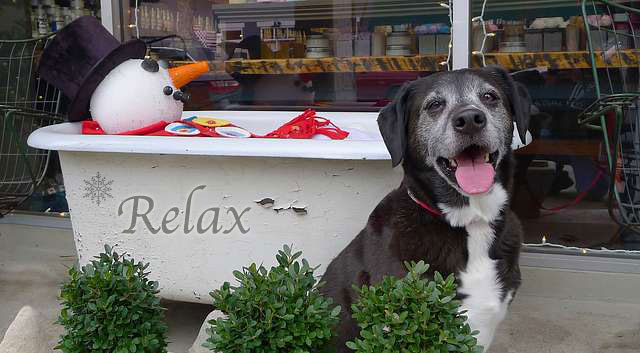
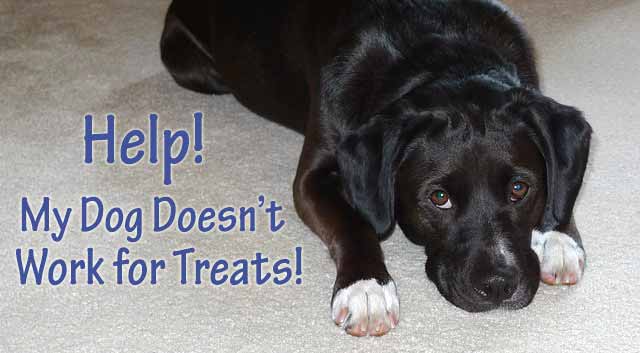 When it comes to dog training, almost every article you read suggests using food or treats as an incentive, especially with positive reinforcement training. Food is a great motivator for most dogs but every once in a while, I get a comment or email from a reader saying their dog doesn’t work for treats. What? How can it be that some dogs aren’t motivated by food? Those tasty tidbits are like magic wands that can be pulled from your pocket to mesmerize and control your pup’s behavior. Well, at least until they gobble them down. So what’s going on with these dogs that just aren’t interested in treats? Here are eight possibilities.
When it comes to dog training, almost every article you read suggests using food or treats as an incentive, especially with positive reinforcement training. Food is a great motivator for most dogs but every once in a while, I get a comment or email from a reader saying their dog doesn’t work for treats. What? How can it be that some dogs aren’t motivated by food? Those tasty tidbits are like magic wands that can be pulled from your pocket to mesmerize and control your pup’s behavior. Well, at least until they gobble them down. So what’s going on with these dogs that just aren’t interested in treats? Here are eight possibilities.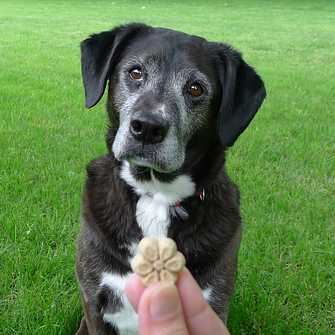 Food is a primary reinforcer for dogs; they need it to survive and it’s a powerful reward that can be used to shape all kinds of behavior. If your dog doesn’t work for treats, try some of the tips above and let me know how they work.
Food is a primary reinforcer for dogs; they need it to survive and it’s a powerful reward that can be used to shape all kinds of behavior. If your dog doesn’t work for treats, try some of the tips above and let me know how they work. 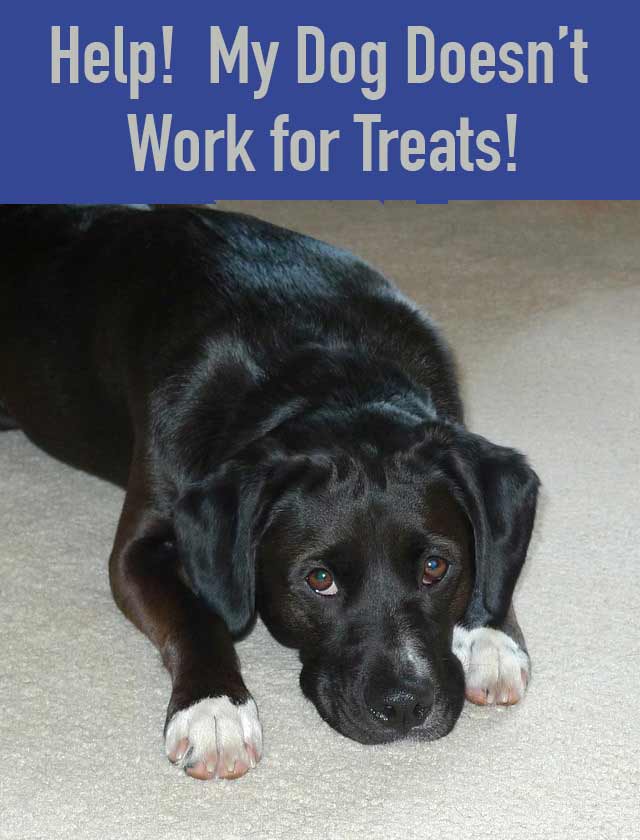

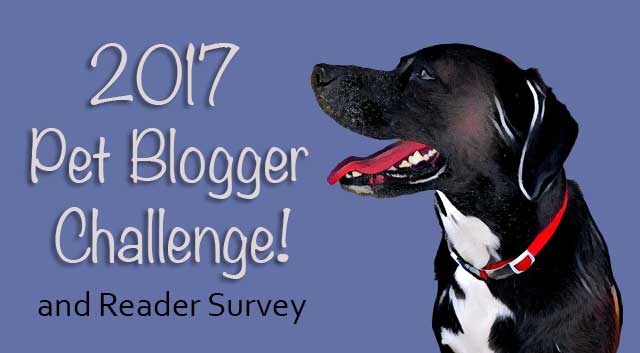 It’s 2017 and I’ve welcomed in the new year with open arms! To be honest, I was ready to be done with 2016. Even though it was a tough year for my family, it was a good year for the blog and the Pet Blogger Challenge is a nice way to reflect on the past year by answering the ten questions posed by our friends at
It’s 2017 and I’ve welcomed in the new year with open arms! To be honest, I was ready to be done with 2016. Even though it was a tough year for my family, it was a good year for the blog and the Pet Blogger Challenge is a nice way to reflect on the past year by answering the ten questions posed by our friends at 
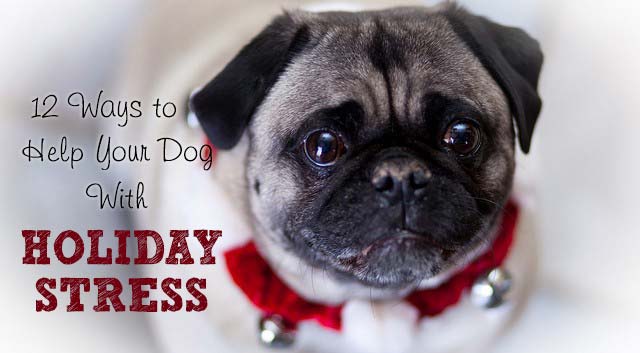
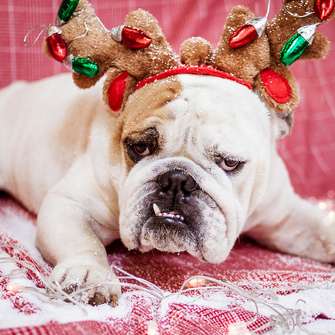
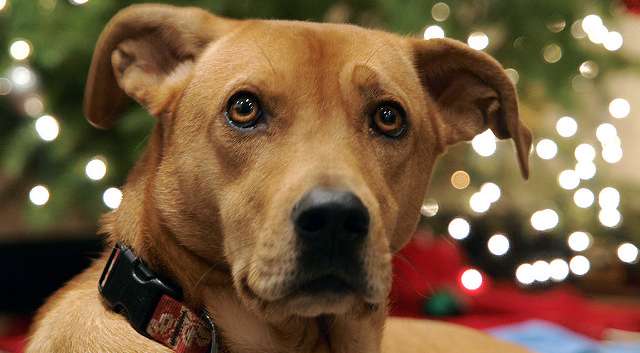


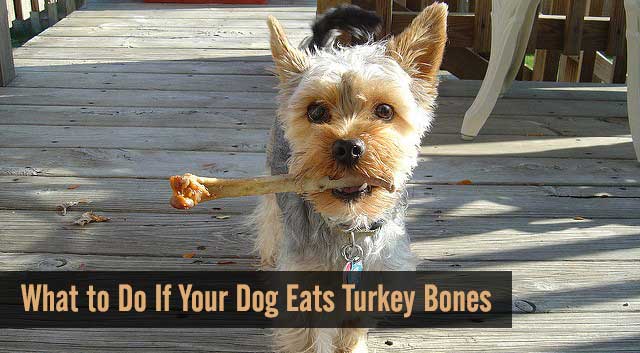
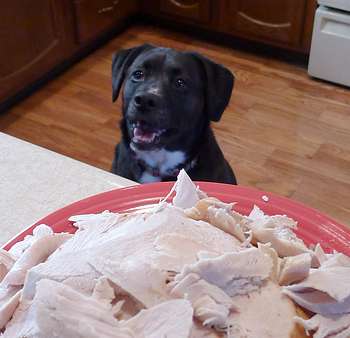 Besides properly securing the trash, here are a couple of other tips to keep your pup safe this Thanksgiving. Watch the fatty table scraps which can cause pancreatitis and be sure your dog doesn’t eat unbaked bread dough. The yeast in the dough will cause it to swell in their abdomen and the yeast and sugar can combine and cause alcohol poisoning. If you’re curious, here are some other
Besides properly securing the trash, here are a couple of other tips to keep your pup safe this Thanksgiving. Watch the fatty table scraps which can cause pancreatitis and be sure your dog doesn’t eat unbaked bread dough. The yeast in the dough will cause it to swell in their abdomen and the yeast and sugar can combine and cause alcohol poisoning. If you’re curious, here are some other 